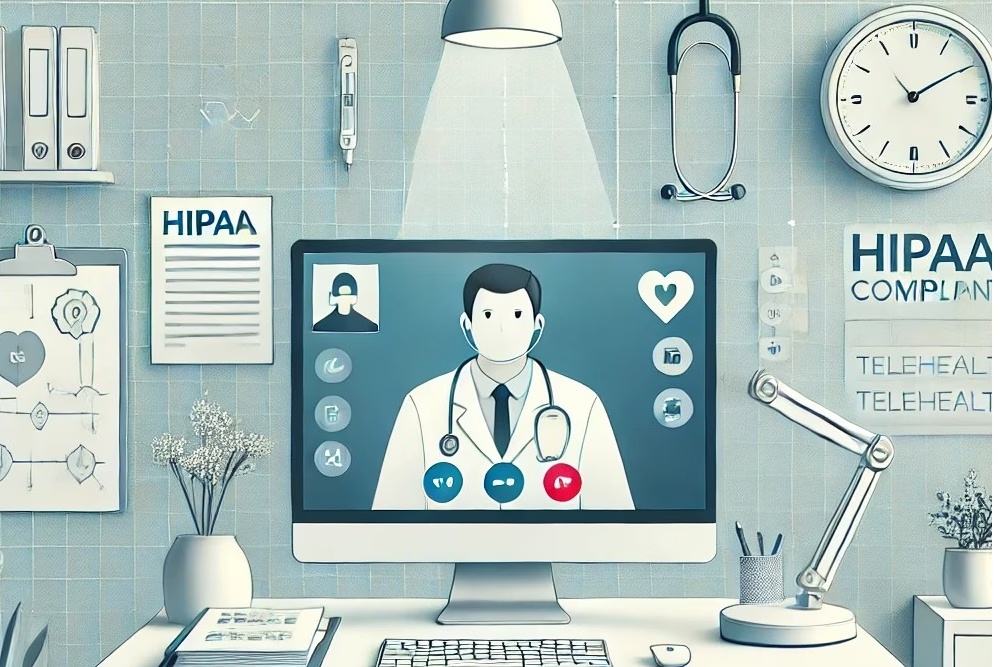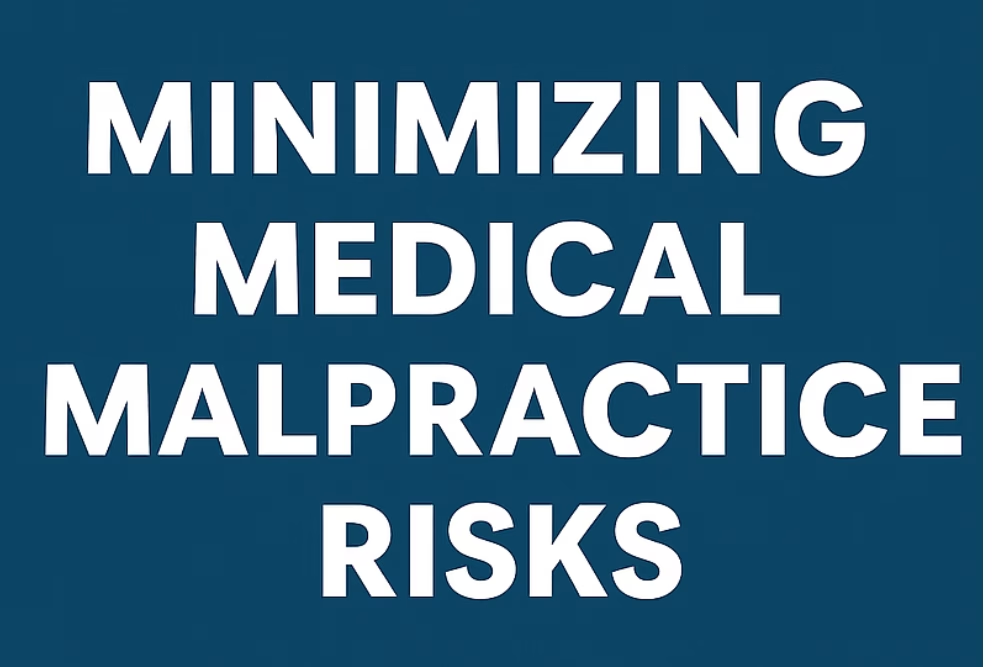As telehealth continues to transform patient care, it brings both opportunities and responsibilities for providers. Offering services remotely means navigating new layers of regulatory and compliance standards. One of the most important steps? Understanding and completing telehealth credentialing for healthcare providers.
Credentialing ensures that telehealth practitioners are qualified, licensed, and authorized to provide care across digital platforms. Without it, healthcare practices risk non-compliance, claim denials, and legal challenges.
This guide breaks down the key elements and best practices every healthcare provider, clinic owner, and practice manager should know in 2025.
What Is Telehealth Credentialing?
Telehealth credentialing verifies that providers are legally and professionally qualified to deliver virtual healthcare services. While similar to standard credentialing, it includes telehealth-specific requirements that vary by state and payer.
Key Components of Telehealth Credentialing
1. Licensing and Certification
Providers must be licensed in the states where their patients reside. Multi-state licensure is often necessary for telehealth practices serving broader regions.
2. Scope of Practice Compliance
Ensure telehealth services match the provider’s training and legal scope of practice, which includes specialties and procedures allowed virtually.
3. Dual Credentialing
Many providers need credentials at both the originating site (where the patient is) and the distant site (where the provider is located), especially in hospital-based systems.
4. HIPAA Compliance
All platforms and communication tools used must be HIPAA-compliant to protect patient data. This includes video conferencing tools with end-to-end encryption and secure login protocols.
5. Payer Credentialing for Telehealth
Confirm each insurance payer’s telehealth policies before delivering care. Not all payers reimburse the same way or for the same services.
6. Eligible Modalities
Telehealth commonly includes real-time audio-visual consultations. Some states may allow store-and-forward (asynchronous communication) and remote patient monitoring.
7. Patient Consent Requirements
Most states and payers require documented verbal or written consent for telehealth. This should be noted in each patient’s medical record.
8. Internet Connectivity
Providers should ensure stable, high-speed internet for smooth consultations—poor connections can affect care quality and patient trust.
9. Varying State Regulations
Each state has its own set of telehealth rules. Stay up to date with licensure compacts, billing codes, and evolving compliance requirements.
Best Practices for Telehealth Credentialing Success
– Partner with a Credentialing Expert
Working with a specialist like eClinicAssist simplifies the process, ensuring timely payer submissions, compliance with state laws, and reduced credentialing errors.
– Stay Educated
Regulations change frequently. Set a schedule to review CMS updates, state telehealth laws, and payer-specific bulletins.
– Use Compliant Technology
Choose a telehealth platform that’s HIPAA-compliant and includes audit trails, consent capture, and documentation support.
Need Help with Telehealth Credentialing?
Navigating telehealth credentialing for healthcare providers doesn’t have to be overwhelming. At eClinicAssist, we streamline the credentialing and payer enrollment process—so you can stay compliant, deliver care, and focus on growing your practice.
👉 Contact eClinicAssist today for a free consultation and discover how our team can support your telehealth expansion.







